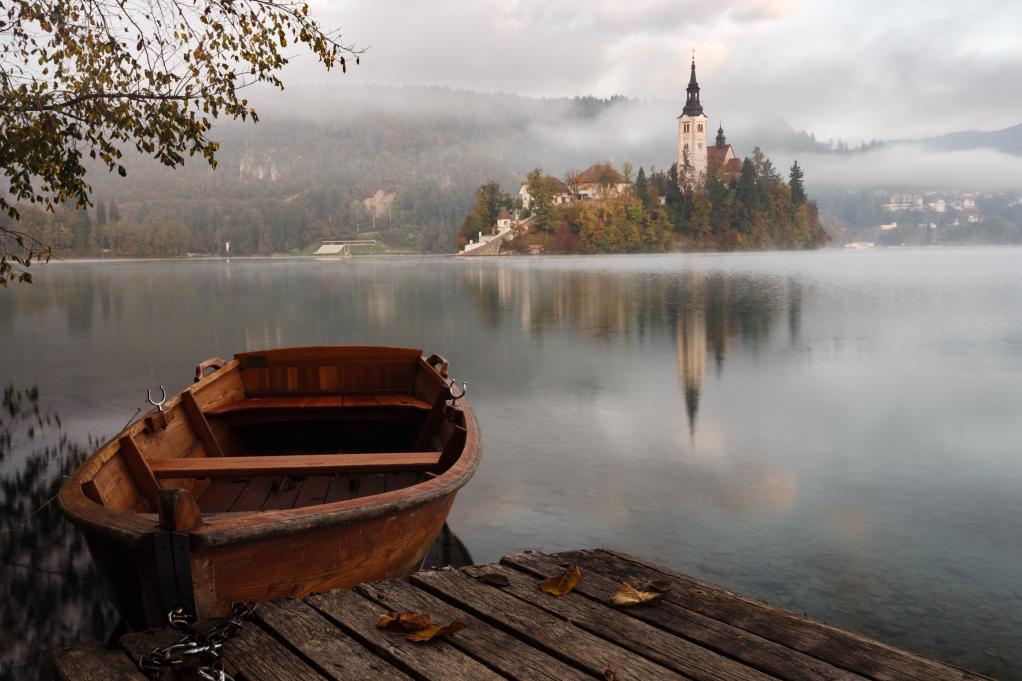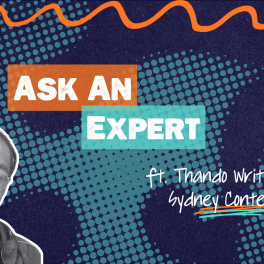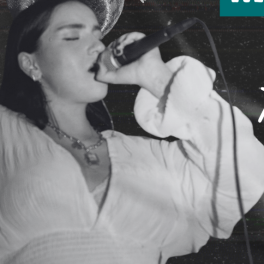
Discovering The Art of Magical Realism
Piranesi by Susanna Clarke. It’s my favourite novel.
Now, Piranesi was only published a few years ago, and I’m sure I’ve read other books that fall under the same genre, but it was with this particular novel that I was formally introduced to magical realism. For those of you who are unfamiliar, magical realism is a genre that portrays a realistic view of the world while also adding fantastical elements, often blurring the lines between fantasy and reality. After reading Piranesi as a recommendation from my teacher, I decided to write about it in my comparative book essay. That was for A-level.
I do not regret my decision to study this book in more detail. It’s simple yet complex, otherworldly yet speaking to our modern world. My appreciation for Clarke’s writing has only deepened, and her writing has pushed me to go on a journey and seek out magical realism in all forms of literature.
Through the essay, Piranesi led me to The Starless Sea by Erin Morgenstern. I didn’t enjoy it as much as I enjoyed my beloved Piranesi, but it certainly had me hooked, apparent by Morgenstern’s style influencing my own. The Starless Sea had something new, something experimental in its form and its themes. I couldn’t help but want to try it out and I still find myself every so often dipping into that style, to see where it leads me.
After Piranesi and The Starless Sea, I found myself before Earthsea by Ursula Le Guin. If Piranesi is my favourite novel, then Earthsea is my favourite series. At least so far - I’m in the midst of reading it. Already, like The Starless Sea, it has given me plenty of inspiration. Ursula Le Guin’s worldbuilding is fantastic, incredible, amazing, it’s every single positive adjective you can think of. I can relate to Neil Gaiman when he says ‘Her words are written on my soul’.
Neil Gaiman - that’s another name I want to talk about. The first thing I had ever encountered that was written by him was his Norse Mythology book. I listened to the audiobook version back in 2021 and was deeply entertained by his writing.
Then, more recently, the TV series The Sandman came out, and I watched it because I was drawn in by its aesthetic and storytelling from the trailer. Obviously, Neil Gaiman was behind that, since he had also written The Sandman comics, which this TV series is based on. I read those comics too, and unsurprisingly found myself invested in what was happening over the pages. He can craft and manipulate myth so easily, I’m in awe of it.
Every writer I’ve mentioned here dabbles in magical realism, and all of them seem to know what they’re doing. For me, magical realism requires a balance - a balance between the magical and real. It’s easy to look at these authors and believe that balance just comes naturally to them. Maybe it does. Maybe it doesn’t.
As a writer myself, I have thought that I can’t write in such a genre, at least not to the high standards I’ve seen. But with these thoughts there must be three reality checks. Number one, Clarke and friends have years of writing experience under their belts. Number two, perhaps my magical realism detector is not as strong as I think it is, and I’m still developing my knowledge on the subject (after all, I had only become acquainted with the word “magical realism” through Clarke). And number three, which is supported by number two, magical realism is a broad genre.
It can also be a subgenre; which is a recent discovery for me (Number two here again).
What I mean is, I’ve found works of literature that have magical realist elements. They aren’t advertised or wouldn’t be classified as magical realism, because it’s not explicit. For instance, I’m now in university and coming across many different types of texts. One book I’ve been looking at is A Ghost in the Throat, by Doireann Ní Ghríofa, which is quite fluid in genre. It’s doing a lot of things - it’s a memoir, it’s auto-fiction, it’s poetry, it’s historical, the list goes on. Among its numerous functions, I also see it’s doing magical realism. I see this in its poetic form, in its shifts from present to past and past to present.
So, it’s not impossible for me to tackle this genre. I could write a story about a wizard struggling through college, or an artist seeking the assistance of a god, I could write a poem about fairies in someone's garden and a script about magic being outlawed in the 1920s. Or, I could simply write a piece about a girl imagining herself to be a pop star, but her imagination is so vivid that it seems to be real in its own way. Magic.
It goes without saying, but I’m building upon the shoulders of giants: Clarke, Morgenstern, Le Guin, Gaiman and many others. They began this celebration of magical realism within me and I will continue it by both reading and writing this art form.
Support Young Creators Like This One!
VoiceBox is a platform built to help young creators thrive. We believe that sharing thoughtful, high-quality content deserves pay even if your audience isn’t 100,000 strong.
But here's the thing: while you enjoy free content, our young contributors from all over the world are fairly compensated for their work. To keep this up, we need your help.
Will you join our community of supporters?
Your donation, no matter the size, makes a real difference. It allows us to:
- Compensate young creators for their work
- Maintain a safe, ad-free environment
- Continue providing high-quality, free content, including research reports and insights into youth issues
- Highlight youth voices and unique perspectives from cultures around the world
Your generosity fuels our mission! By supporting VoiceBox, you are directly supporting young people and showing that you value what they have to say.





